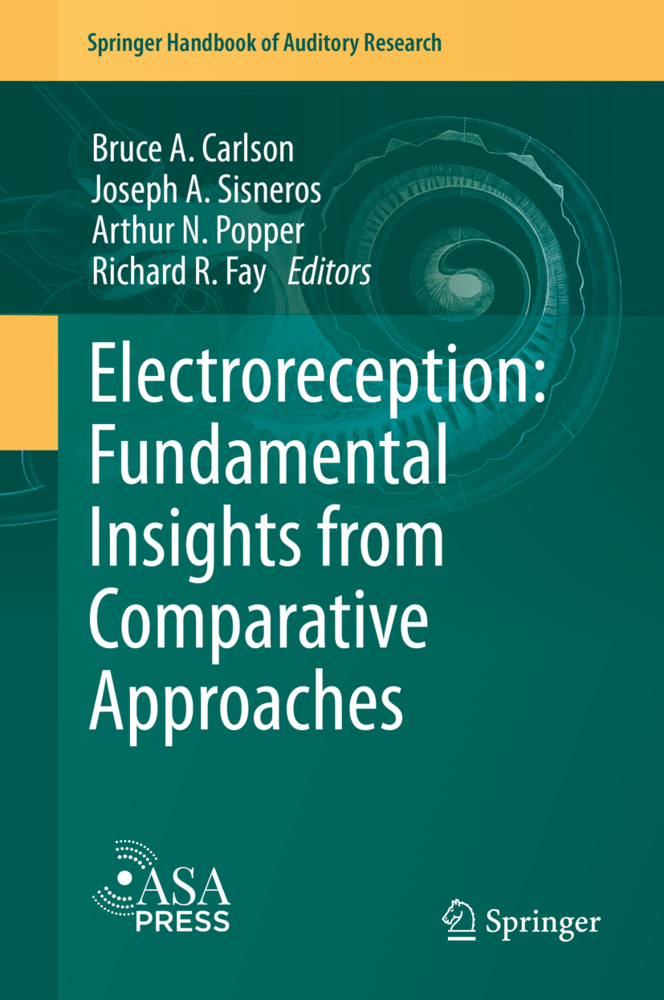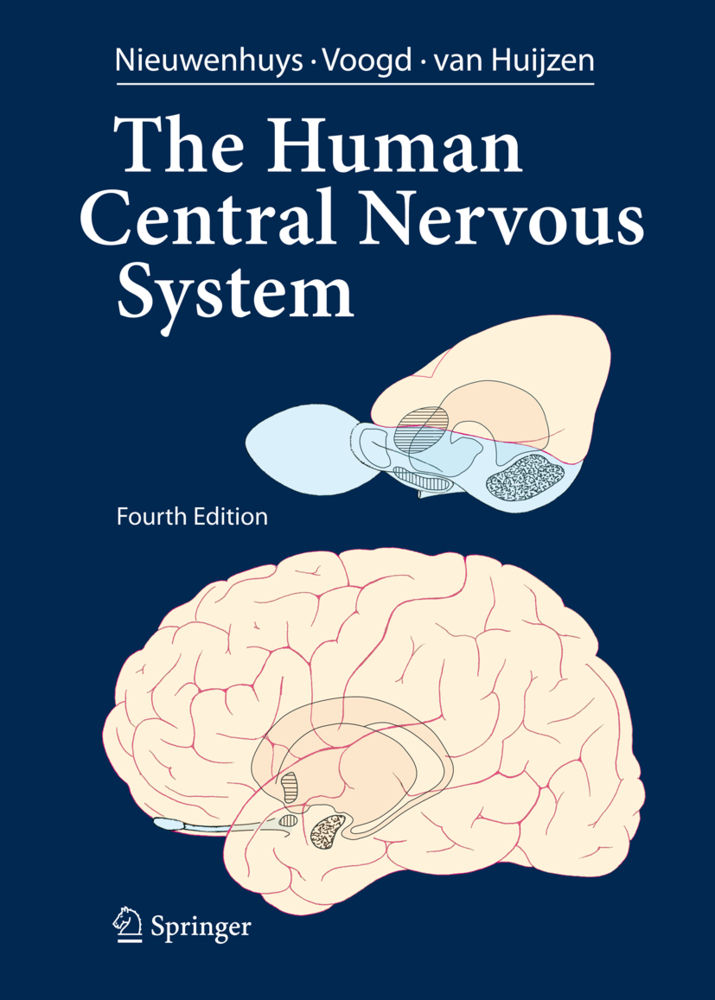Electroreception: Fundamental Insights from Comparative Approaches
A fundamental goal of neuroscience is to understand how the nervous system extracts biologically relevant information from the natural environment and how it uses that information to guide and coordinate behavior necessary for reproduction and survival. The electrosensory systems of weakly electric teleost fishes and those of nonteleost fishes are attractive systems for addressing basic questions about neuronal information processing and its relationship to natural behavior. Comparative approaches in these fishes have led to the identification of fundamental mechanisms that have shaped the adaptive evolution of sensory systems across animal taxa. Understanding how sensory systems encode and integrate information about the natural world has far reaching implications for advancing our knowledge in the basic biomedical sciences and in understanding how the nervous system has evolved to control behavior.
The primary goal of this book is to provide a comparative perspectiveon the topic of electroreception and review some of the fundamental insights gained from studies of electrosensory and electromotor systems. Although totally independent, this book follows from volume 21 in the Springer Handbook of Auditory Research series, Electroreception (Bullock, T. H., Hopkins, C. D., Popper, A. N., and Fay, R. R., 2005, Springer-Verlag, New York).
A Brief History of Electrogenesis and Electroreception in Fishes.- The Development and Evolution of Lateral Line Electroreceptors: Insights from Comparative Molecular Approaches.- Electrosensory Transduction: Comparisons Across Structure, Afferent Response Properties, and Cellular Physiology
The Evolution and Development of Electric OrgansBiophysical Basis of Electric Signal Diversity
Hormonal Influences on Social Behavior in South American Weakly Electric Fishes
Evolutionary Drivers of Electric Signal Diversity
Using Control Theory to Characterize Active Sensing in Weakly Electric Fishes
Envelope Coding and Processing: Implications for Perception and Behavior
Evolution of Sub-millisecond Temporal Coding in Vertebrate Electrosensory and Auditory Systems
Influences of Motor Systems on Electrosensory Processing
Active Electrolocation and Spatial Learning.
Carlson, Bruce A.
Sisneros, Joseph A.
Popper, Arthur N.
Fay, Richard R.
| ISBN | 978-3-030-29104-4 |
|---|---|
| Artikelnummer | 9783030291044 |
| Medientyp | Buch |
| Copyrightjahr | 2019 |
| Verlag | Springer, Berlin |
| Umfang | XVIII, 367 Seiten |
| Abbildungen | XVIII, 367 p. 105 illus., 77 illus. in color. |
| Sprache | Englisch |











